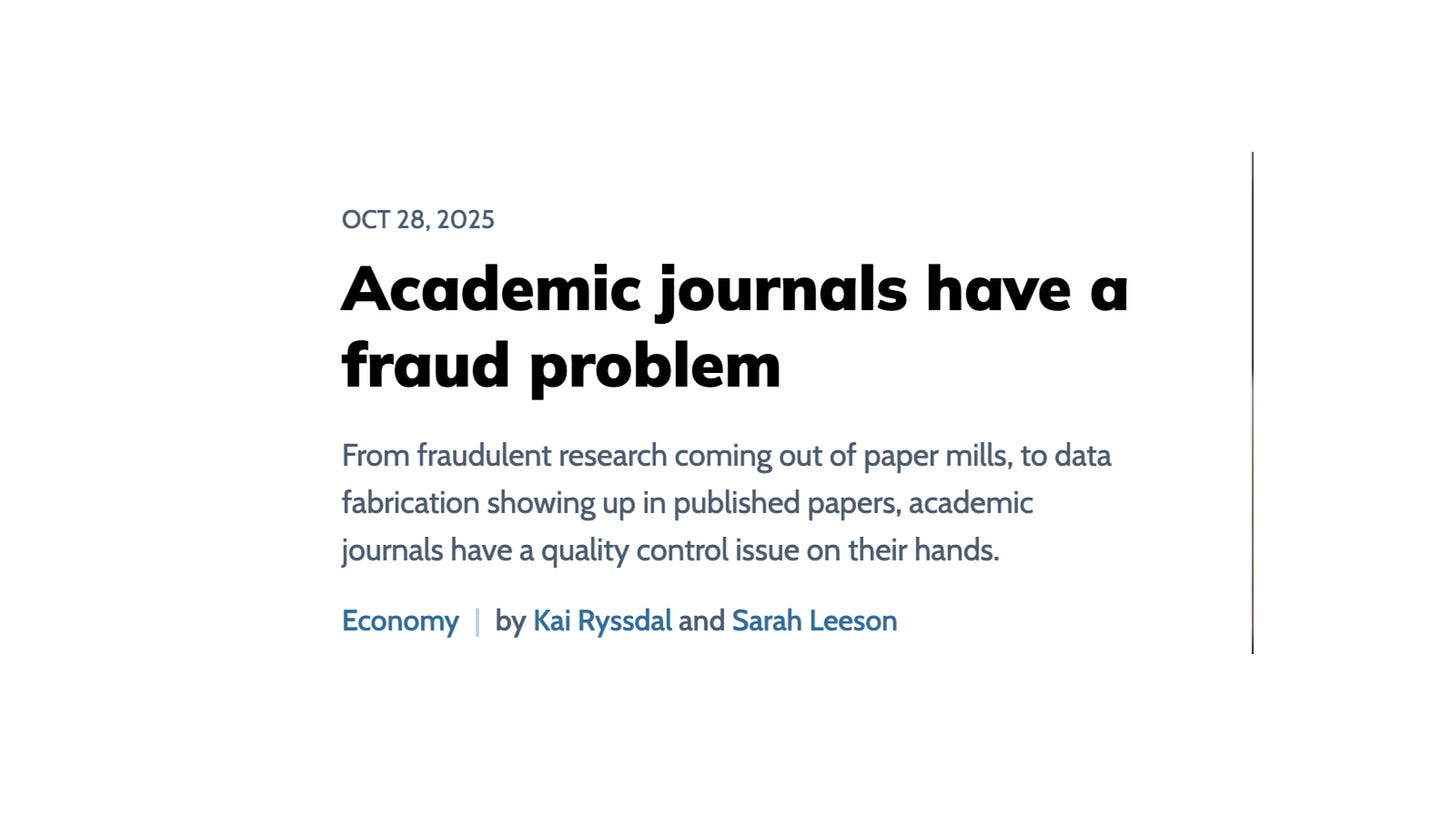I Built a COVID-Style Rapid Test for Bogus Cholesterol Science
Let junk research fool politicians, but not you. As a frustrated researcher, I built a 5-prompt test to keep you uninfected.
What is new
This post provides a COVID-style “rapid test” for bogus science — enlisting AI as a ‘white-hat’ hacker to uncover the rot that it produces in the first place.
Why it matters
AI is fueling the “publish or perish” paradigm’s production of scientific slop that directly impacts your health decisions and erodes trust in real science.
Your Takeaways
This post introduces a downloadable rapid test of 5 copy-paste prompts to vet any journal article. You’ll see how they work on two very different papers about your coronary artery calcium (CAC) scan.
You can watch a summary video here or listen to a podcast about this post.
Table of Contents:
It’s much more amusing to have academic cheats try to fool you when you also have the smarts to detect their baloney. The “cheats” refers to the tsunami of bogus medical papers flooding the science literature and its downstream landscape of blog posts and popular media messages. “The ‘smarts’ is what this post will equip you with.
Spoiler alert: You don’t need to be a scientist to apply the 60-second tool that separates the wheat from the chaff.
The Billion-Dollar Business of Bogus Science
Academic publishing is built on a ludicrously lucrative business model: Let researchers write their articles for free, make other researchers vet them for free (it’s called peer review), then charge all researchers, their academic institutions, and you for reading the papers.
Unsurprisingly, the publishers’ cartel-level profit margins (sans the risk of being bombed out of the waters) have spawned a copycat industry that serves academics who have two things in common: nothing worth publishing, and a desperate need to fool us into thinking otherwise. It’s a by-product of the publish or perish paradigm.
You may complain about it, you may even trash your trust in science publications altogether (hopefully not). But I can tell you it’s immensely more gratifying to separate science from sham, particularly when you have the smarts of a researcher without actually being one.
This post is about giving you those smarts. It’s about the tools to judge whether the paper that caught your attention is worth reading. The best part of it: we’ll enlist the help of the very tool that spawns the scientific rot in the first place: AI.




